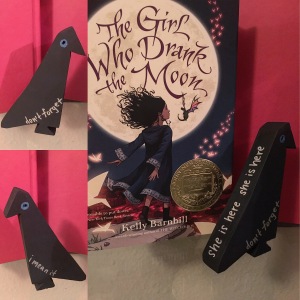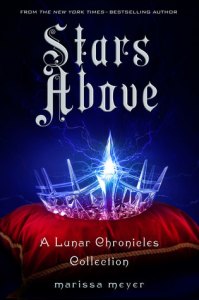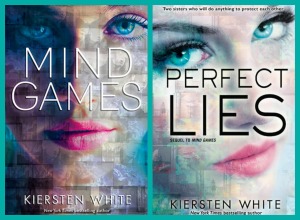By: Kelly Barnhill
Date Finished: 03.17.17

A story can tell the truth, she knew, but a story can also lie. Stories can bend and twist and obfuscate. Controlling stories is power indeed.
This is, perhaps, the greatest love story I’ve ever read.
There is hardly any romance — what little there is happens mostly offstage — but love oozes from every page like a bog. (That may seem like an odd simile; I will make you read the book to find out why it’s perfect.)
This is a story about family. About the family you choose and the family you don’t. About the family you desperately want but they’re lost to you. About the family you think you can’t have until all at once you can.
This is the story of a compassionate witch, an inquisitive boy, a quixotic dragon, a poetic swamp monster, a grieving madwoman, and, of course, an enmagicked girl who drank deeply from the boundless well of moonlight.
This is the story of hope and resilience which are bound together like the two sides of a coin. This is the story of the full range of human emotions especially the burden of sorrow. This is the story of the consequences of disengaging and the strength of community. This is the story of stories and memory and the way time re-sculpts both. This is the story of power that destroys and power that heals and controlling power and the power of control. This is the story of magic – the kind that exists only in fantasies and the kind that is accessible in the real world.
This story broke my heart, not for a lack of love but for an abundance of it. Thankfully, “there is no limit to what the heart can carry” and so I know the cracks will mend.
Apparently, this is also a story that inspires creativity. My sister and I read this at about the same time, and she made this masterpiece:

The paper birds are an important symbol/feature in the book and each of these represent a specific character. As for the moss, well, I did say there was a reason for the bog simile. Check out @lizareadsbooks on Instagram for more.
My sister’s project inspired me to do one of my own. The idea planted itself in my head and I couldn’t rest until I went on a late-night run to Home Depot and made this guy:

I’m quite fond of my little crow but I will make you read the book to understand the quotes.
It feels a bit unnecessary at this point to do an “end of the day” conclusion because I think my feelings are pretty obvious but it’s tradition so…
At the end of the day: Completely for me











